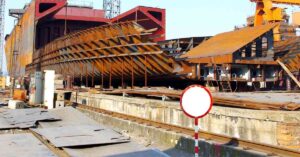

India is all set to facilitate the launch of green hydrogen bunkering and refuelling facilities at the country’s major ports by 2035. This information is evident from guidelines published by India’s Ministry of Ports, Shipping and Waterways (better known as the MoPSW) on 10 May. This also aligns with lowering emissions to net zero by 2070.
Overall, 12 ports are expected to be covered by 2035. Sarbananda Sonowal, India’s Minister of Ports, Shipping and Waterways, mentioned three ports, including Paradip (east), Kandla (west), and Tuticorin (south), would have bunker facilities for ammonia and green hydrogen, and the financing has been under consideration.
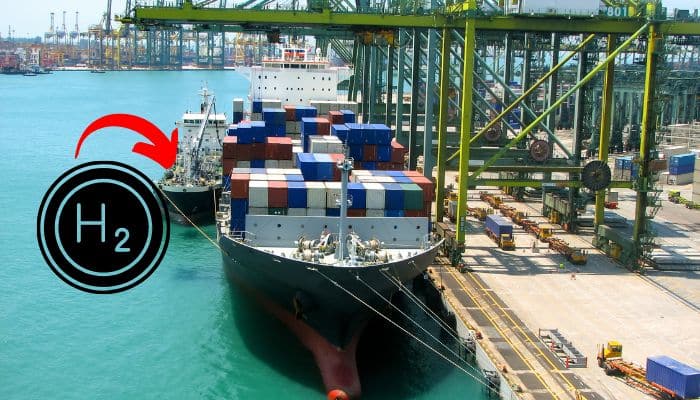

The MoPSW has stated that these major ports will be required to launch at least one LNG bunkering station by 2030 and EV charging stations in and around port areas by 2025. The guidelines further assert that by 2030, ports must achieve a reduction of over a fifth in energy consumption on each ton of cargo versus 2023.
The move will bring India closer to the mandate of achieving 40% of the country’s electricity to be sourced from renewables.
Similarly, renewable energy is needed to power at least half the equipment and vehicle needs of these major ports by 2030 and will increase to 90% by 2047.
References: Devdiscourse, Economic Times
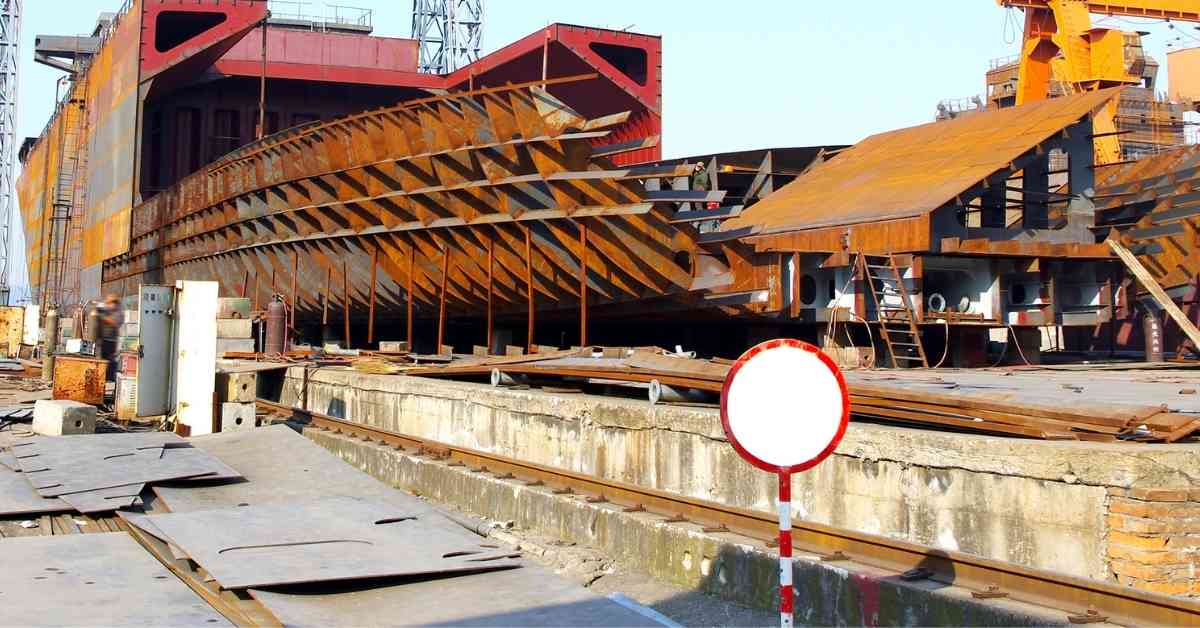



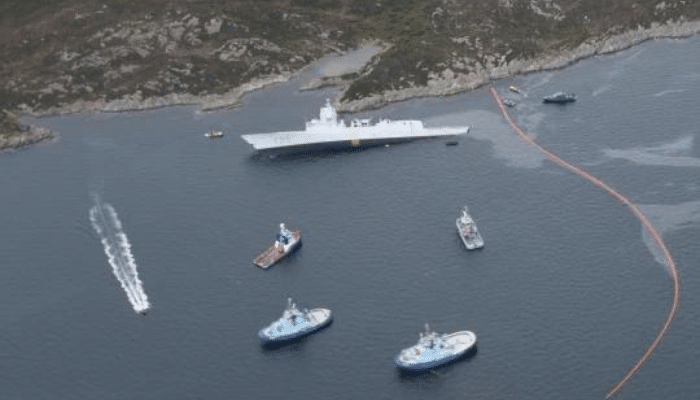

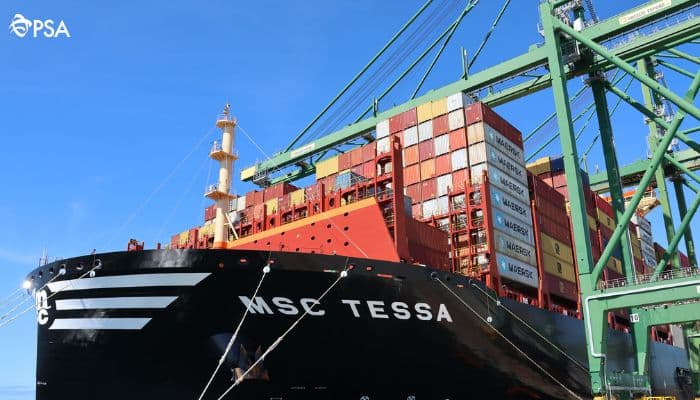



We believe that knowledge is power, and we’re committed to empowering our readers with the information and resources they need to succeed in the merchant navy industry.
Whether you’re looking for advice on career planning, news and analysis, or just want to connect with other aspiring merchant navy applicants, The Marine Learners is the place to be.